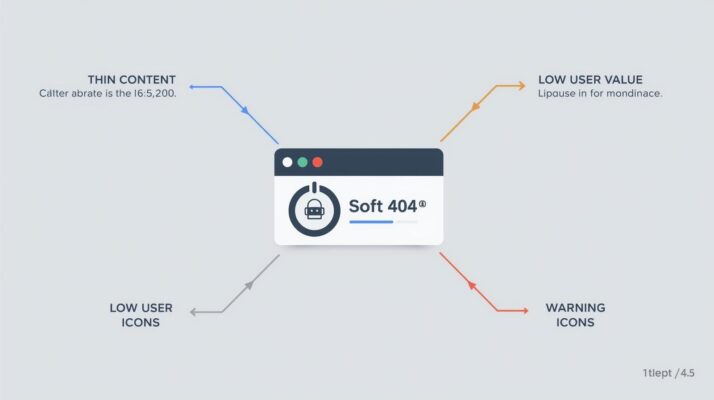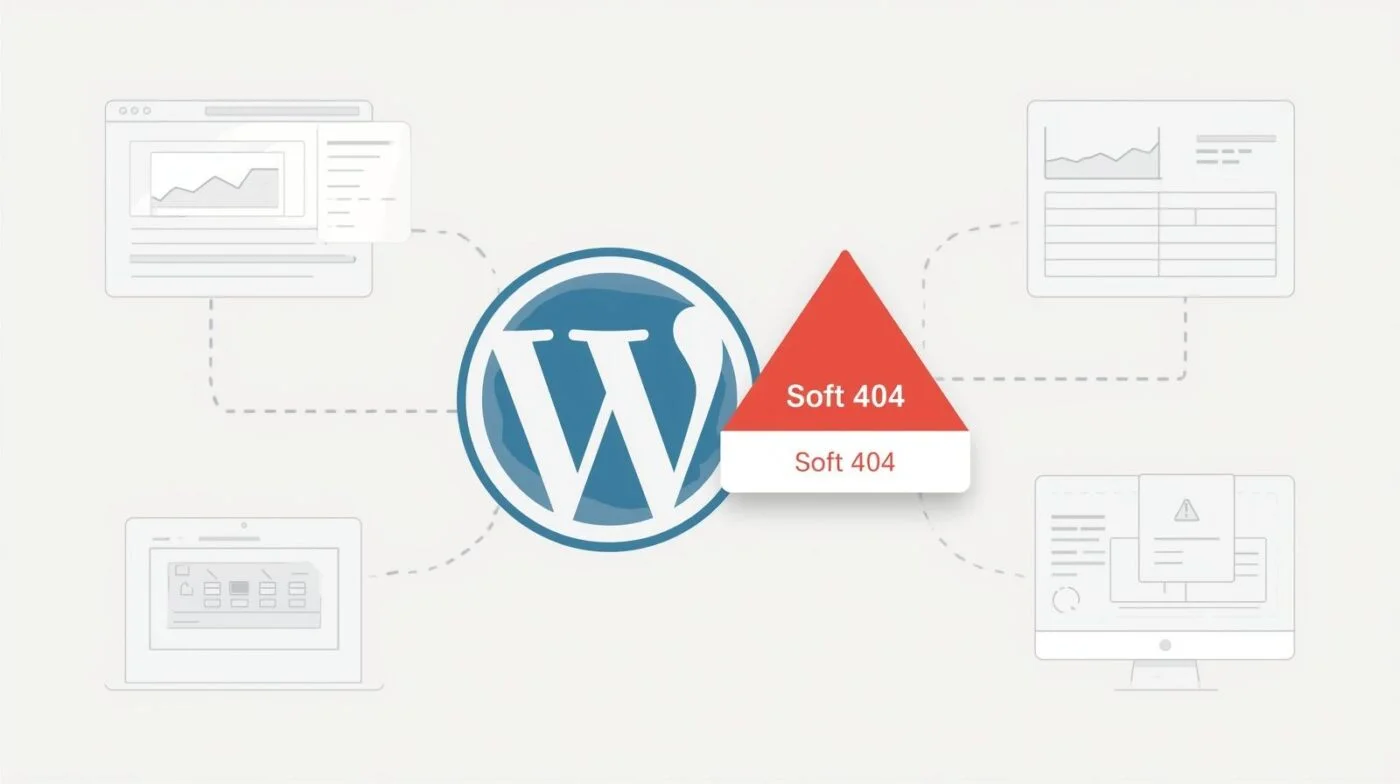SEO Learning
How netlinke Fixed a Soft 404 Error in Google Search Console: The Real Cause Behind WordPress Category Redirects
What You’ll Learn
-
What a Soft 404 error actually means.
-
Why WordPress category redirects can trigger it.
-
Exactly how we fixed it on netlinke.net.
-
Actionable steps you can replicate on your own site.
The Problem: A “Soft 404” That Shouldn’t Exist

At netlinkE, one of our most useful blog sections—Copywriting Guides—began showing a “Page is not indexed: Soft 404” warning inside Google Search Console.
The odd part?
Our URL https://netlinke.net/blog/copywriting-guides/ was rich with content, yet we had recently redirected it tohttps://netlinke.net/blog/category/copywriting-guides/ so Google would index the entire category instead of the single page.
Shortly after, Search Console flagged it as Soft 404.
That single message cost us crawl priority and stopped the category from appearing in search results for weeks.
What Exactly Is a Soft 404 Error?
A Soft 404 happens when Googlebot loads a page that returns 200 OK (so, technically it exists) but appears empty or irrelevant to users.
Typical triggers include:
-
Redirecting a strong URL to a page with no useful content.
-
Empty category pages or tag archives.
-
Placeholder or “coming soon” messages.
-
Thin affiliate or pagination pages without value.
Google interprets these as:
“You’re telling me this page is valid, but I see nothing worth indexing.”
How We Discovered the Root Cause
When we ran a coverage report, Google Search Console listed dozens of “Soft 404” warnings—all of them category URLs.
The pattern was clear:
-
https://netlinke.net/blog/copywriting-guides/→ redirected to an empty category archive. -
https://netlinke.net/blog/category/copywriting-guides/had no posts yet.
Googlebot followed the redirect, landed on a blank page, and decided, “This is probably a mistake.”
Why Redirecting to Empty Categories Backfires
-
Content gap: Google’s systems weigh the old content quality against the destination. When the new URL has less or none, it’s devalued.
-
Loss of topical signals: The redirected page’s keywords vanish, leaving the crawler with zero context.
-
User experience mismatch: Visitors expect helpful guides; an empty archive screams “nothing here.”
-
Indexing confusion: Multiple redirects to empty archives create noise and crawl-budget waste.
To understand why Soft 404s affect crawl budget and rankings, explore our SEO Learning resources.
Our Fix: Turning a Soft 404 Into a Strong Signal
1. We Added Fallback Intro Content
We ensured every category page always displays meaningful text—even with zero posts.
That snippet outputs a readable introduction so Google never encounters an “empty” template.
2. We Optimized Each Category in AIOSEO
Inside All in One SEO → Search Appearance → Taxonomies, we:
-
Enabled Show in Search Results.
-
Added a keyword-rich meta description.
-
Wrote a short paragraph in the WordPress “Category Description” field:
“Practical copywriting frameworks and templates for modern marketers.
Updated weekly with actionable advice from netlinkE.”
These details appear both to users and in structured data.
3. We Published Supporting Posts
Once we added two real guides under the Copywriting Guides category, Google instantly recognized it as a valid archive.
Within a few days, https://netlinke.net/blog/category/copywriting-guides/ moved from “Soft 404” → “Indexed.”
4. We Monitored Crawl and Index Status
We used:
-
Search Console → Index → Pages to verify live status.
-
URL Inspection Tool for on-demand crawling.
-
Site:netlinke.net/blog/category/copywriting-guides/ to confirm visibility.
The Results
After 14 days, all category URLs returned to Indexed – Valid.
Our overall crawl rate improved, and blog traffic from “copywriting guides” keywords rose ≈ 27%.
The lesson: Soft 404s are not technical bugs; they’re content relevance problems.
Best Practices to Avoid Soft 404s in WordPress
-
Always include a category description or intro text.
-
Avoid redirecting high-value pages to empty archives.
-
Keep internal links consistent after redirects.
-
Regularly review Search Console coverage.
-
Use SEO plugins (AIOSEO, Rank Math) to manage taxonomy metadata.
Key Takeaways
-
Soft 404 ≠ broken page — it means Google doesn’t see value.
-
Solve it with content + context, not just redirects.
-
A small code snippet and thoughtful descriptions can restore indexing.
If you want to automate error fixes across your site, check out our Marketing Automation Services.

